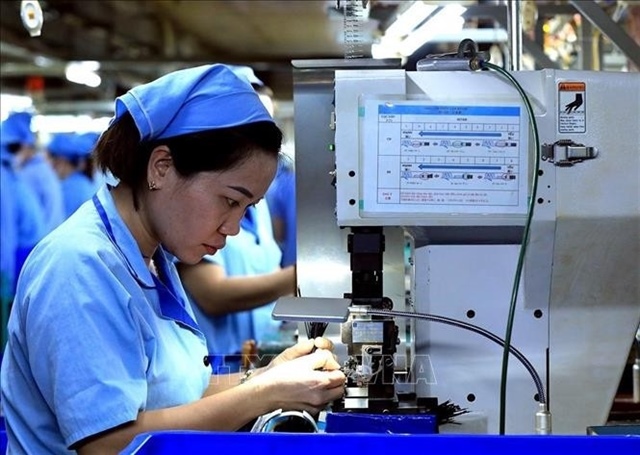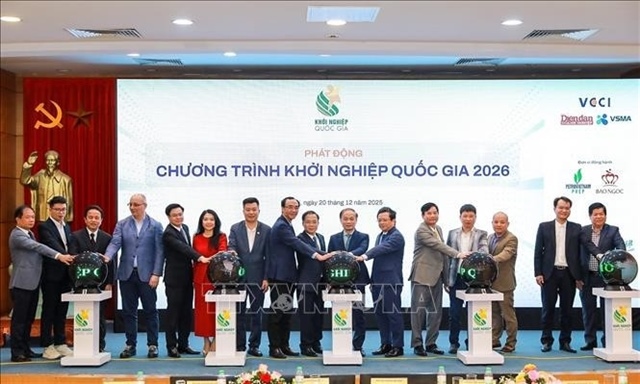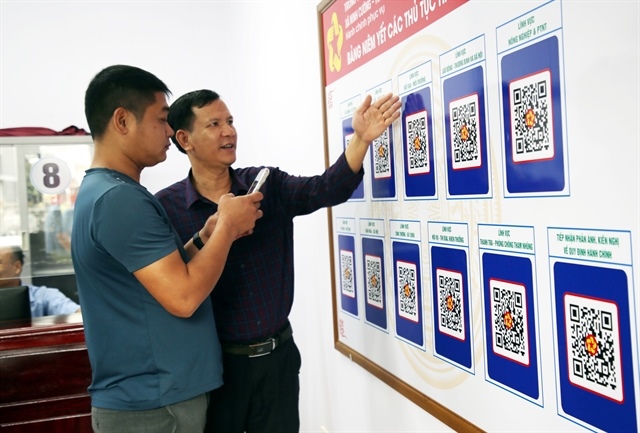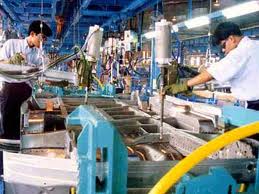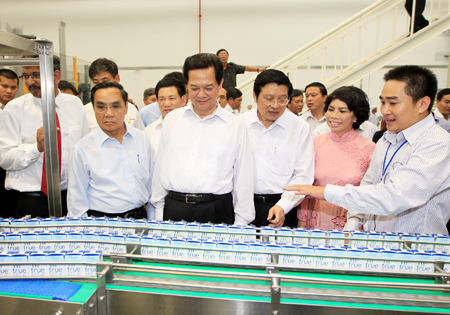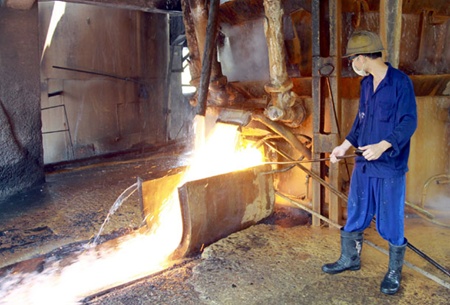Fashion brands face danger on home market
Fashion brands face danger on home market
As committed under the bilateral and multilateral free trade agreements, Vietnam would have to remove the import tariffs on consumer goods, including fashion products.
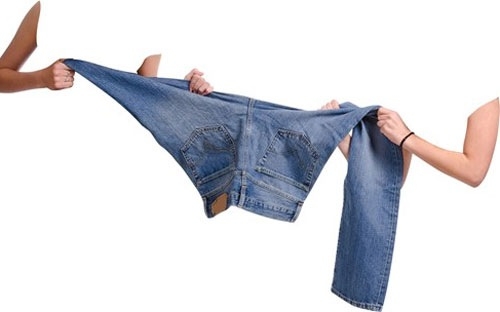
Of these, domestic products have been only available in the two latter market segments.
However, even when only making popular products, have domestic producers been competing fiercely with foreign brands. Therefore, a lot of Vietnamese producers would rather do the outsourcing for foreign brands rather than building up brands and selling products under their brands in the domestic market.
In 1997, An Phuoc entered the branded goods market when launching Pierre Cardin brand products made under a franchise contract. Together with Pierre Cardin, the company also launched the 100 percent Vietnamese brand “An Phuoc.”
Nguyen Thi Dien, General Director of An Phuoc Company, was believed to take a wise move when deciding that An Phuoc should target businessmen aged 35-40 who demand high quality products, but don’t change their taste regularly.
After Pierre Cardin, An Phuoc, a series of other high end brands turned up on the market under the franchise contracts, namely Sanciaro, Manhattan developed by Viet Tien and Nha Be Companies.
The “Vietnamese branded goods movement” developed strongly in 2010. In the year alone, hundreds of fashion shops selling Pierre Cardin, An Phuoc, Sanciaro, Manhattan, Mattana, N&M were set up throughout the country. Of these, Mattana of Nha Be Company witnessed the fastest growth with 100 shops opened.
Meanwhile, Viet Tien had 30 shops just within six months. About 10 new shops selling both Pierre Cardin and An Phuoc brand goods were opened every year
Not only opening new shops on streets, Vietnamese brands also spent big money to set up their stalls at high end shopping malls such as Parkson, Vincom or Zen Plaza.
Tham Tuck Choy, General Director of Parkson Vietnam, noted that Vietnamese branded goods are in no way inferior to foreign made ones, while they are much cheaper. Therefore, Parkson has accepted Vietnamese products at their distribution chain.
Nevertheless, though highly valuating Vietnamese products in terms of product quality, Pham Viet Anh, President of Left Brain Connectors, a consultancy firm, does not highly appreciate this in terms of branding.
He said that branded goods means the products which bear famous brands. And a famous brand needs to have loyal clients, who are ready to defend the brand against any criticism. Meanwhile, domestic brands only have “customers” or “buyers,” while they still don’t have “loyal fans.”
That explains why domestic brands still cannot squeeze into the group of high grade brands. Viet Tien Company once spent VND5 billion to develop T-up brand, developed with the main designer from France and the high price of millions of dong for every product. However, the brand could not exist in the market.
Dien of An Phuoc admitted that Vietnamese fashion brands are now under a hard pressure of the global integration.
She said it will take Vietnamese brands at least 5-10 more years to be able to compete topsy-turvy with foreign ones. Meanwhile, Vietnam would have to remove the tariff on fashion imports by 2015.
In order to develop, domestic brands need to push up their marketing campaigns. However, they can only spend no more than 10 percent of turnover on marketing works.
vietnamnet


